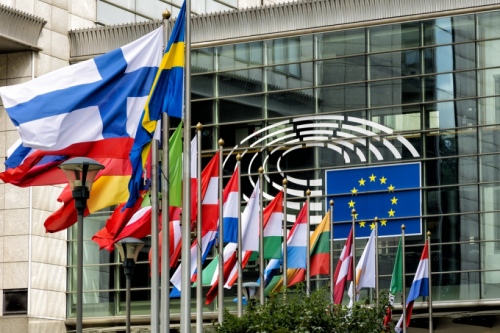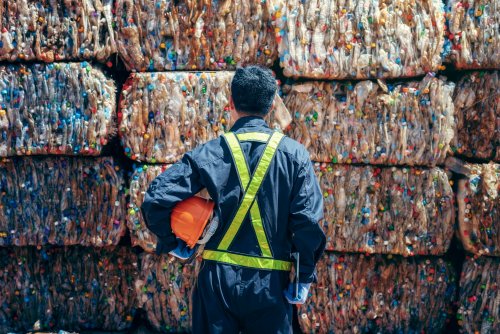In Europe, a sharp increase in demand for green hydrogen is expected about 4 million tons thanks to the Renewable Energy Directive.
By 2030, 42% of hydrogen used by industry should be green, and by 2035 the figure should reach 60%, according to Hydrogen Insight.
The article emphasized that the Directive covers renewable fuels of non-biological origin RFNBO. It also assumes that to In 2030, 1% of all transport fuel should be renewable, i.e about 360,000 tons . In addition, separate the ReFuelEU aviation directive stipulates that by 2030, 1.2% of all aviation fuel must be synthetic, derived from green hydrogen.
It is noted that the EU industry currently consumes about 9.7 million tons of gray hydrogen obtained from natural gas. Such hydrogen is used in the production of fertilizers, chemicals and oil refining.
The material explained that member states will be able to reduce the RFNBO contribution to industry by 20 percentage points if:
- their national contribution to the EU's binding overall target corresponds to their expected contribution;
- the share of hydrogen from fossil fuels consumed in the Member State does not exceed 23% in 2030 and 20% in 2035.
Hydrogen Insight highlighted that the new rules would allow France to produce most of its H2 from nuclear power.
It is noted that the new Directive also ensures that by 2030, 42.5% of the total energy consumption in the EU must be ecological. The document provides for the acceleration of obtaining permits for renewable energy projects, and also sets further goals for the use of renewable energy in:
- transport;
- industry;
- heating and cooling.
"This is a major achievement within the Fit for 55 package, which will help achieve the EU's climate goal of reducing emissions by at least 55% by 2030," said Spain's Acting Minister for Environmental Transition, Teresa Ribera. "This is a step forward, which will contribute to the achievement of the EU's climate goals in a fair, cost-effective and competitive way."
Earlier, EcoPolitic wrote, that the European Commission has published the updated Energy Efficiency Directive 2023/1791, which introduces the principle of "energy efficiency first" in energy and non-energy policy.
As EcoPolitic previously reported, the German government has agreed to restore the operation of several reserve units at three coal-fired power plants until March 2024 to avoid energy shortages.





